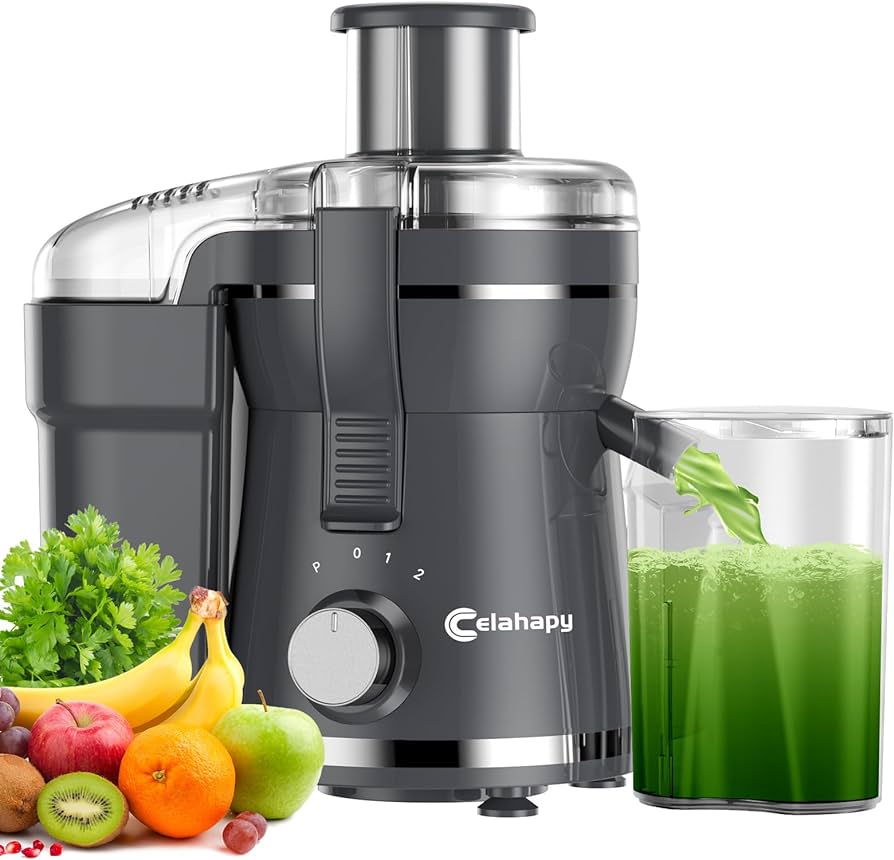
Introduction:
Creating fresh, homemade apple juice using a juicer is a simple and rewarding process that offers superior taste and nutritional benefits compared to store-bought juice. Whether you’re using a centrifugal, masticating, or cold press juicer, this guide will walk you through the essential steps, tips, and techniques for making delicious apple juice.
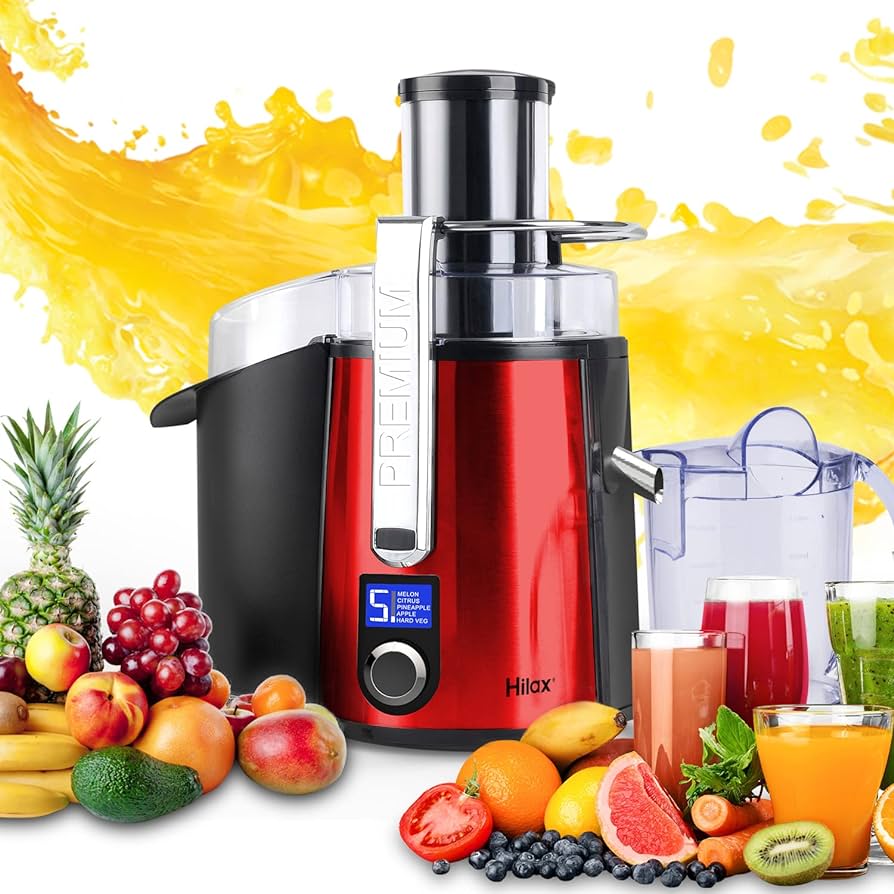
How to Make Apple Juice with a Juicer:
What Are the Steps for Perfect Results?
Selecting Apples:
How to Choose the Best Apples for Juicing?
Choosing the right apples significantly influences the flavor and quality of your juice.
Variety:
Flavor Profiles: Different apple varieties offer unique flavors. For a balanced juice, consider mixing several varieties. Sweet apples like Fuji, Gala, and Honeycrisp complement tart varieties like Granny Smith and Pink Lady.
Juiciness: Opt for apples with high moisture content. Crisp and juicy apples produce more juice and blend smoothly, making them ideal for juicing.
Freshness:
Look for Freshness: Choose fresh, firm apples with no signs of bruising or soft spots. Fresh apples retain more nutrients and flavor, resulting in better-quality juice.
Organic Options: When possible, select organic apples to minimize exposure to pesticides and chemicals. Organic apples offer a purer, more natural juice.
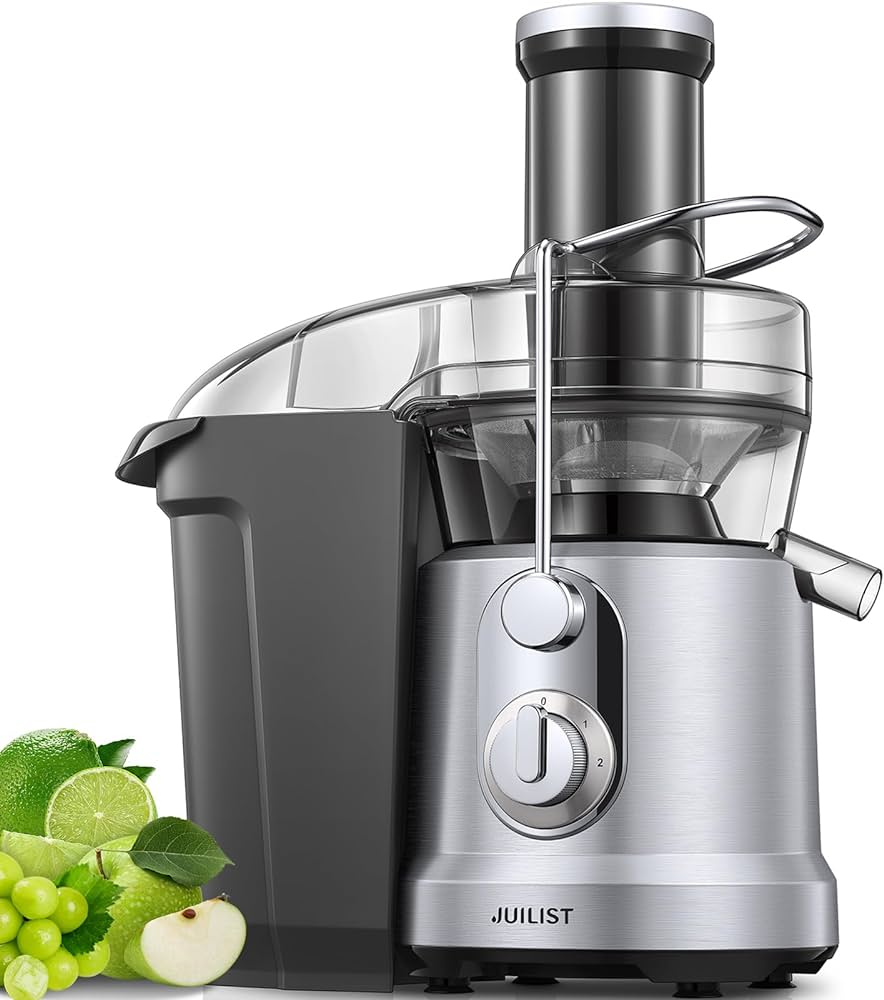
Preparation:
What Are the Steps to Prepare Apples for Juicing?
Proper preparation ensures smoother juicing and maximizes juice yield.
Washing and Cleaning:
Rinsing: Thoroughly rinse the apples under cold running water to remove dirt, pesticides, and waxes. Use a veggie brush for better cleaning, especially for non-organic apples.
Peeling (Optional): Peeling apples is optional and based on personal preference. The skin contains valuable nutrients, but some juicers may struggle with thicker peels, and the taste can be more bitter.
Cutting and Coring:
Removing the Core: Cut the apples into quarters and remove the core, seeds, and stem. These parts can introduce bitterness and aren’t ideal for juicing. Using an apple corer can speed up this process.
Uniform Slices: Cut the apple quarters into smaller, uniform pieces to fit the juicer’s feed chute. Smaller pieces ensure even juicing and prevent clogging, especially in smaller juicers.
Using a Centrifugal Juicer:
How to Juice Apples with a Centrifugal Juicer?
Centrifugal juicers are known for their speed and efficiency, making them a popular choice for home juicing.
Setting Up the Juicer:
Assembly: Assemble your centrifugal juicer according to the manufacturer’s instructions. Ensure all parts are securely locked in place, including the juice jug and pulp container.
Preparing the Chute: Position the juicer’s feed chute over the juice jug. Centrifugal juicers work quickly, so positioning is crucial to catch all the juice.
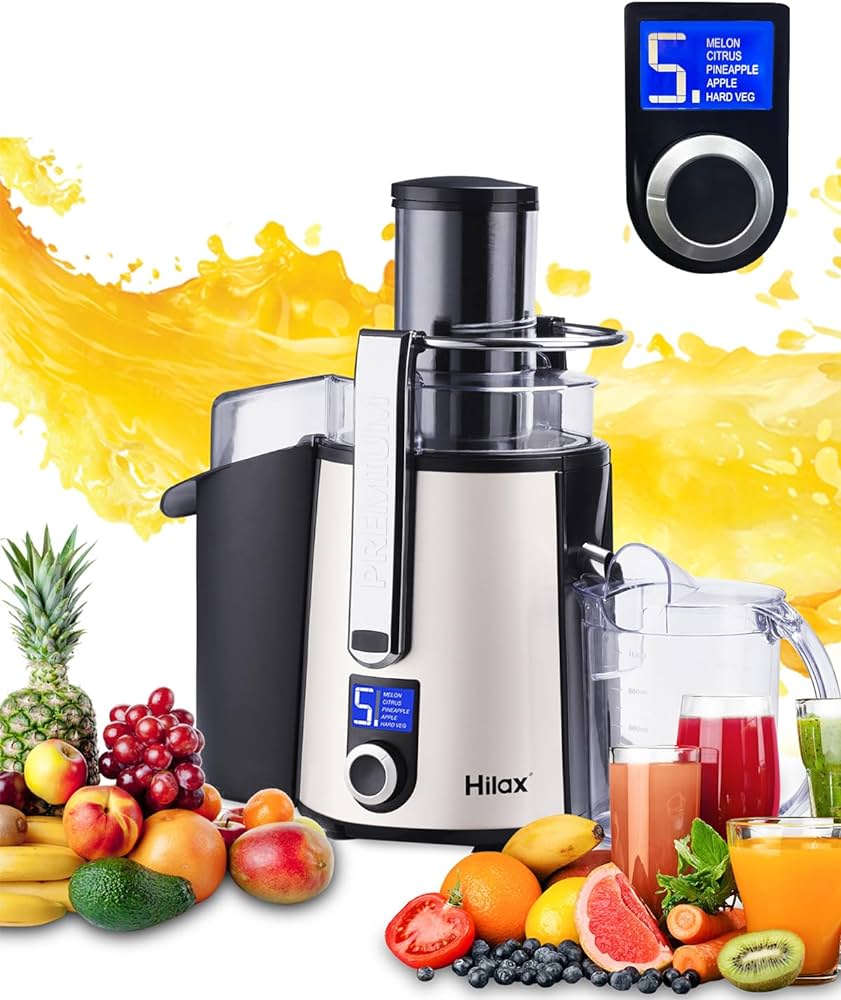
Juicing Process:
Feeding the Apples: Turn on the juicer and set it to the appropriate speed setting. High-speed settings work best for harder fruits like apples. Begin feeding the apple pieces into the feed chute, using the pusher tool to guide them.
Continuous Juicing: Feed the apples continuously, allowing the juicer to process them into juice and separate the pulp into the container. If the pulp container fills up, pause to empty it and resume juicing.
Collecting the Juice:
Straining (If Needed): After juicing, pour the juice through a fine mesh strainer or cheesecloth into another container to remove any remaining pulp and foam, producing clearer juice.
Stirring: Stir the juice to ensure an even consistency and blend the flavors from different apple varieties.
Using a Masticating Juicer:
How to Juice Apples with a Masticating Juicer?
Masticating juicers, also known as slow juicers, extract juice by slowly grinding and pressing the produce. They are excellent for preserving nutrients and yield.
Setting Up the Juicer:
Assembly: Assemble your masticating juicer based on the manufacturer’s instructions. Ensure all components, including the auger and mesh screen, are correctly installed.
Preparing the Feed Chute: Position the feed chute, juice container, and pulp container properly. Masticating juicers typically have narrower chutes, so cutting apples into smaller pieces is essential.

Juicing Process:
Feeding the Apples: Turn on the juicer and begin feeding the apple pieces into the chute slowly. Use the pusher tool to help guide the apples into the auger.
Rhythm and Pace: Feed the apples at a steady pace to prevent overloading the juicer. This ensures smooth operation and consistent juice extraction.
Collecting the Juice:
Stirring and Straining: Once all apples are juiced, stir the juice to combine different varieties evenly. If desired, strain the juice through a fine mesh strainer to remove any residual pulp for a smoother texture.
Using a Cold Press Juicer:
How to Juice Apples with a Cold Press Juicer?
Cold press juicers operate similarly to masticating juicers but use a hydraulic press to extract juice, preserving maximum nutrients.
Setting Up the Juicer:
Assembly: Assemble the cold press juicer according to the manufacturer’s instructions. Make sure all components are securely attached, and the juice and pulp containers are positioned correctly.
Prepping the Feed Chute: Position the feed chute where it will efficiently direct the apple pieces into the pressing mechanism.
Juicing Process:
Feeding the Apples: Turn on the juicer and methodically feed the apple pieces into the chute. Use the pusher tool to guide them down into the pressing area.
Quality Control: Cold press juicers work slower but ensure high juice quality. Continuously monitor the process to prevent clogging and ensure the steady flow of juice.
Collecting the Juice:
Stirring and Straining: After juicing, stir the juice to mix flavors evenly. Strain through a fine mesh strainer if desired to achieve a smoother juice without pulp.
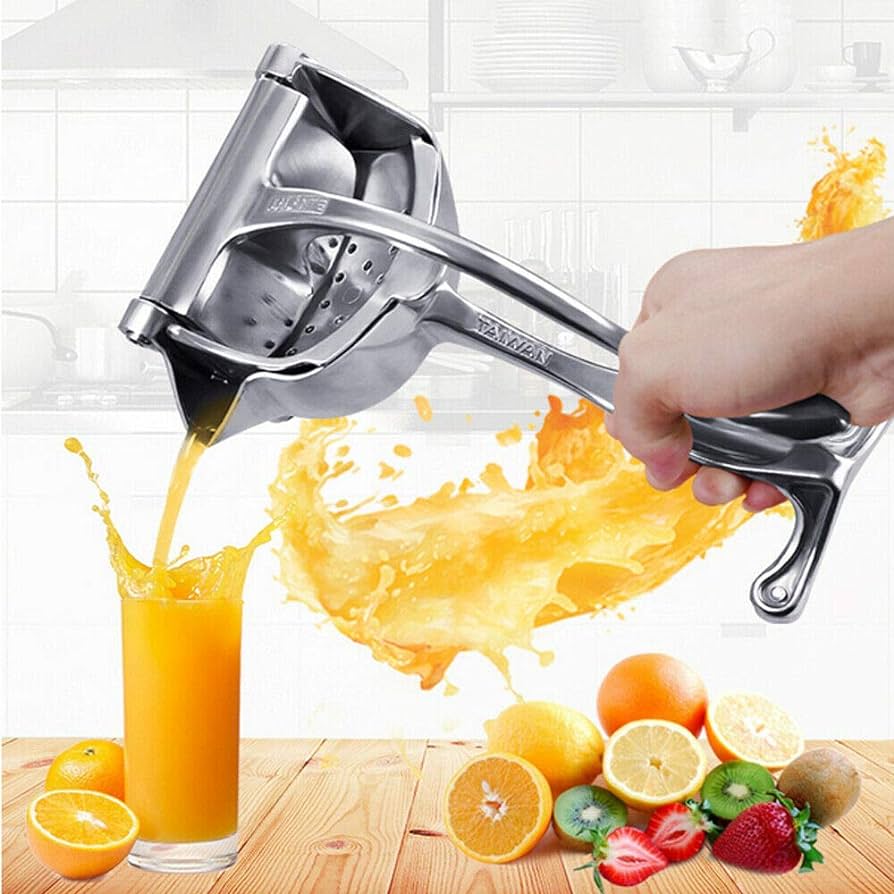
Flavor Enhancements:
How to Enhance the Flavor of Your Apple Juice?
Enhancing the flavor of your apple juice can make it more enjoyable and tailored to your taste preferences.
Natural Sweeteners:
Adding Honey or Agave: If you prefer sweeter juice, add a tablespoon of honey or agave syrup. Stir until fully dissolved for a clean, natural sweetness.
Citrus Zest: Add a splash of fresh lemon or lime juice to enhance the flavor. Citrus notes complement the apple’s natural sweetness, adding a refreshing tang.
Spices and Herbs:
Cinnamon and Nutmeg: Sprinkle a pinch of ground cinnamon or nutmeg into your apple juice. These spices add warmth and depth, particularly appealing in cooler weather.
Mint and Basil: For a refreshing twist, add a few fresh mint or basil leaves. Blend the leaves with the juice for a crisp, herbaceous note.
Combinations with Other Fruits:
Mixing Varieties: Combine your apple juice with other fruit juices like pear, carrot, or ginger for a unique blend. Experiment with different ratios to find the perfect balance of flavors.
Apple-Cucumber Juice: Blend apple juice with cucumber juice for a hydrating, lighter drink. The cucumber’s mild flavor pairs well with the sweetness of the apples.
Storage and Preservation:
How to Store Fresh Apple Juice?
Proper storage ensures your freshly made apple juice stays fresh and maintains its nutritional value.
Immediate Use:
Freshness: For the best taste and maximum nutrients, drink your apple juice immediately after juicing. Fresh juice contains the highest levels of vitamins and enzymes.
Refrigeration:
Short-Term Storage: Store apple juice in an airtight container in the refrigerator. Consume within 24 to 48 hours for optimal freshness. Fresh apple juice can spoil quickly due to lack of preservatives.
Freezing:
Long-Term Storage: For longer storage, freeze the juice in ice cube trays. Once frozen, transfer the cubes to a freezer-safe bag. Defrost the cubes as needed, minimizing waste and extending the juice’s shelf life.
Cleaning and Maintenance: How to Clean Your Juicer After Making Apple Juice?
Keeping your juicer clean ensures it performs well and lasts longer.
Disassembly:
Taking Apart: Unplug the juicer and disassemble all removable parts carefully. Refer to the user manual for specific instructions on disassembly.
Rinsing:
Immediate Rinse: Rinse all components under running water immediately after use to remove pulp and juice residue before they dry.
Deep Cleaning:
Soaking: Soak parts in warm, soapy water to loosen any remaining pulp and sticky residue. Use a soft brush or sponge to scrub away any stubborn bits.
Dry Thoroughly: After washing, dry all parts completely before reassembly. Moisture can lead to mold growth and affect the juicer’s performance.
Conclusion
Making apple juice at home with a juicer is an enjoyable and rewarding process. By selecting the right apples, preparing them properly, choosing the appropriate juicer type, and following the steps outlined, you can produce delicious, nutritious apple juice. Enhancing the flavor, storing the juice correctly, and maintaining your juicer will help you get the most from your juicing experience. Enjoy the purity and freshness of homemade apple juice, crafted to your taste and preferences.





